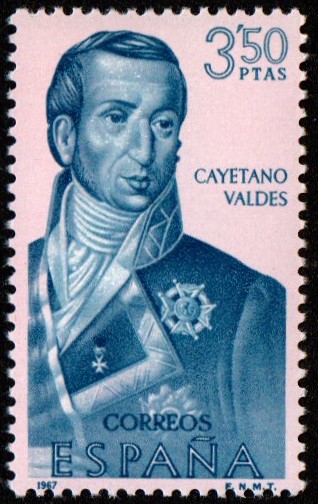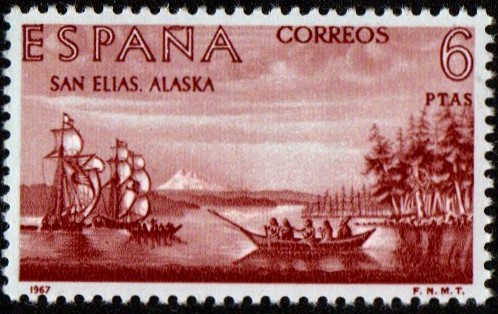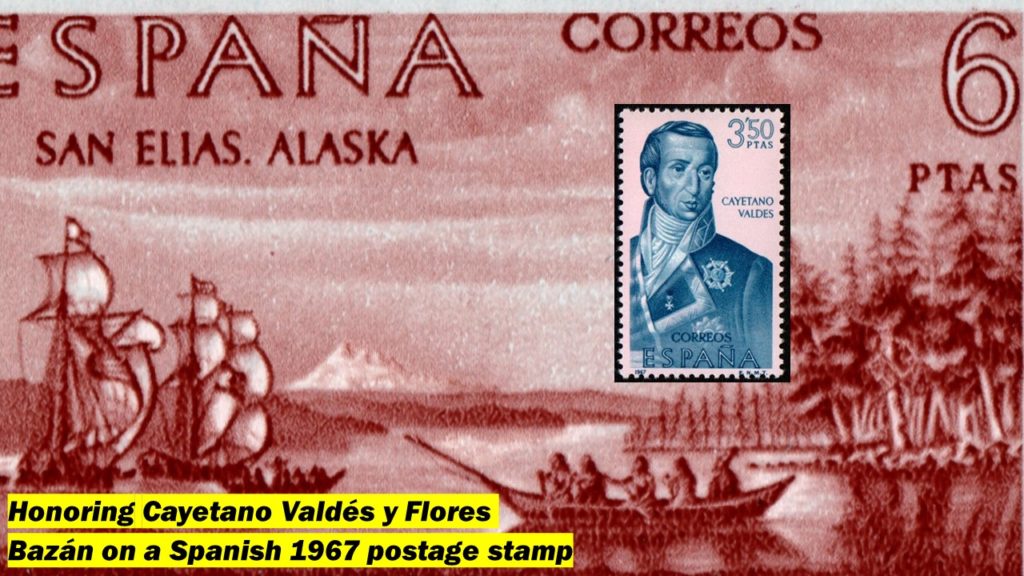In the annals of maritime history, few figures emerge as multi-faceted and influential as Cayetano Valdés y Flores Bazán (1767–1835). A luminary of the Spanish Navy, Valdés held commendable positions as a commander, explorer, and captain general, showcasing his unparalleled prowess on and off the seas.
His naval tenure during the tumultuous periods of the French Revolutionary and Napoleonic Wars is particularly noteworthy. Valdés exhibited both adaptability and allegiance, navigating the shifting allegiances of Spain and serving both sides of the conflict at different junctures. His strategic brilliance and gallantry were evident in his contributions to pivotal naval battles: the Great Siege of Gibraltar, the Battle of Cape St Vincent, and the iconic Battle of Trafalgar.

Yet, Valdés was not just a warrior of the waves; he was also an intrepid explorer. His voyages in the Pacific Northwest, particularly his collaborative circumnavigation of Vancouver Island alongside Dionisio Alcalá Galiano and in liaison with George Vancouver, added rich layers to global geographical knowledge. Furthermore, his expeditions reached as far as Alaska, where he is commemorated by the naming of San Elias, a testament to his exploration in the region.
Mount Saint Elias, or San Elias in Spanish, is the second highest mountain in both the United States and Canada. It is situated on the border between southeastern Alaska and the Yukon territory of Canada. The mountain is part of the St. Elias Range and forms part of the Kluane/Wrangell–St. Elias/Glacier Bay/Tatshenshini-Alsek UNESCO World Heritage Site, one of the largest protected areas in the world.
Regarding Cayetano Valdés y Flores Bazán’s connection to Mount Saint Elias: During his explorations in the North Pacific, Valdés charted many coastal features. While it’s not clear if Valdés personally reached or named Mount Saint Elias, his extensive exploration work in the region led to many geographic features being named by or in honor of Spanish explorers. The name San Elias, which is the Spanish designation for Mount Saint Elias, reflects the broader Spanish exploration influence in the region during the late 18th century.

However, it’s important to note that the first recorded European sighting of Mount Saint Elias was by the Danish explorer Vitus Bering on July 16, 1741. The mountain was named by him in honor of Saint Elias, whose saint’s day is on July 20.
Capping a distinguished career, Valdés achieved the loftiest echelons of naval command, notably being appointed Captain General of Cadiz and, subsequently, Captain General of the Spanish Navy.

